Hammond Charcuterie
English Producer based in Northumberland
Rachel Hammond of Hammond Charcuterie, a Charcuterie producer based in Berwick-in-Tweed, Northumberland.
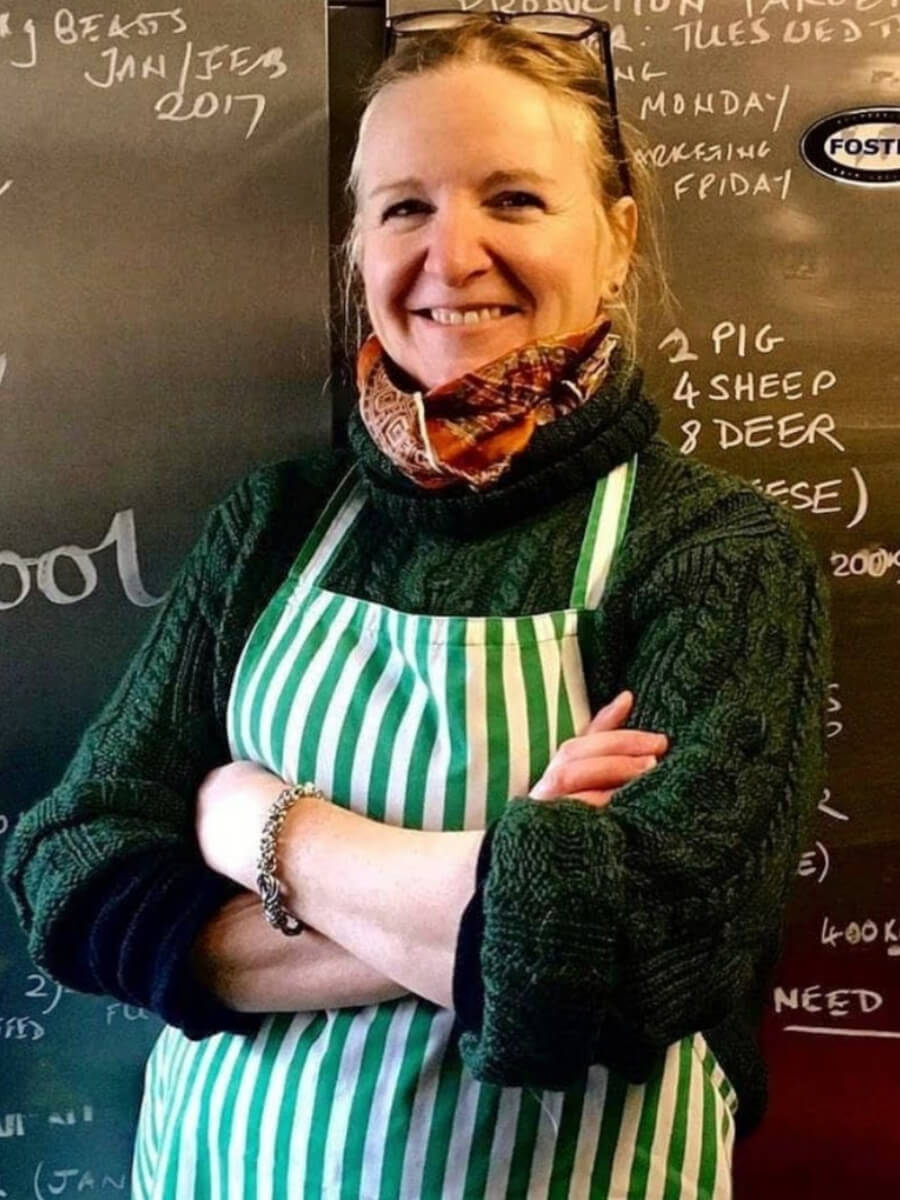

Can you tell us about your business and how it started?
I’ve always been fascinated by fundamental cooking techniques, particularly preservation. In 2000, I got through some of the pre-television rounds of Masterchef. One of the competition judges was British chef Simon Hopkinson. He understood my long-standing interest in Charcuterie, encouraging me to learn more about ‘weird’ food such as haslets and faggots, and inspired me to start making my own Charcuterie.
I started by experimenting with curing and fermenting and can now make exciting flavours and different textured salamis using locally bred pedigree Mangalitza and Kune Kune herds, from a farmer in Bamburgh, Northumberland.
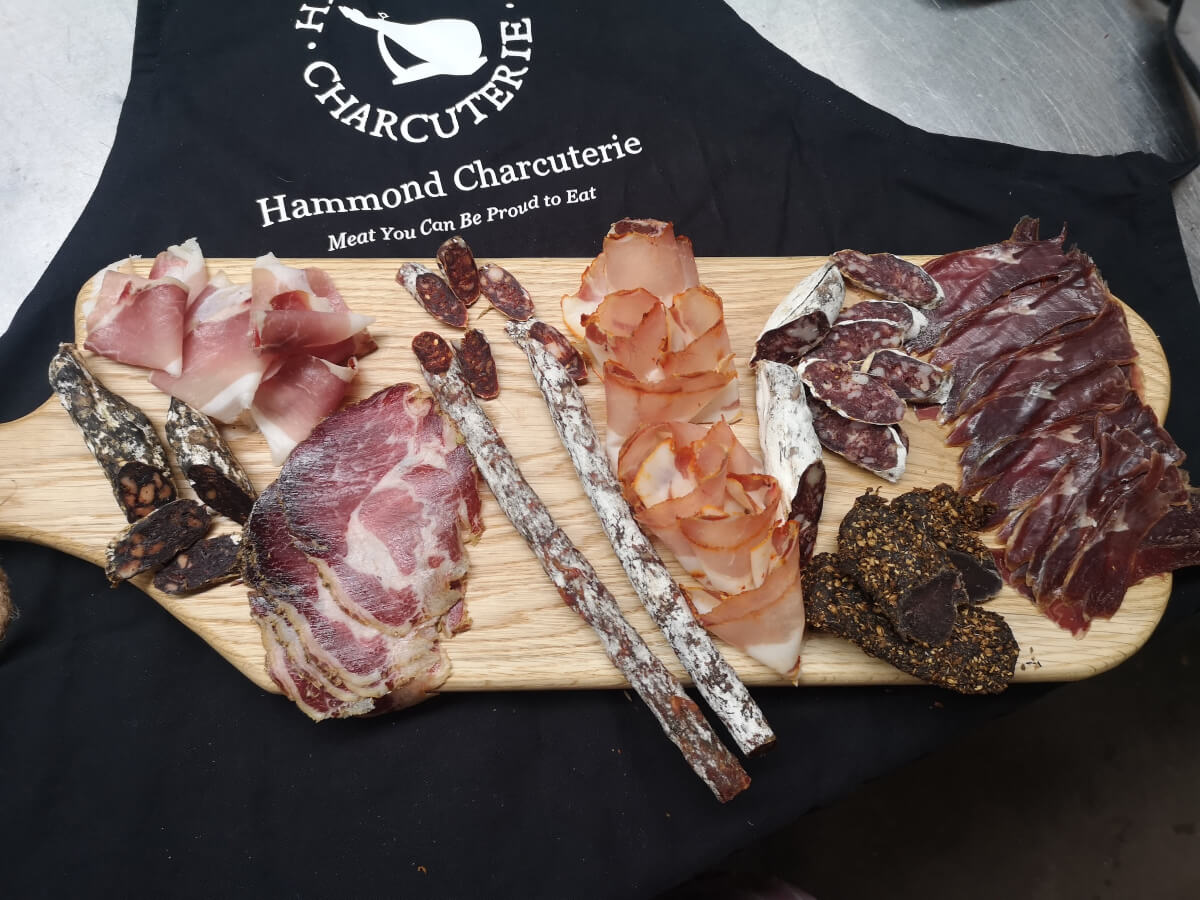

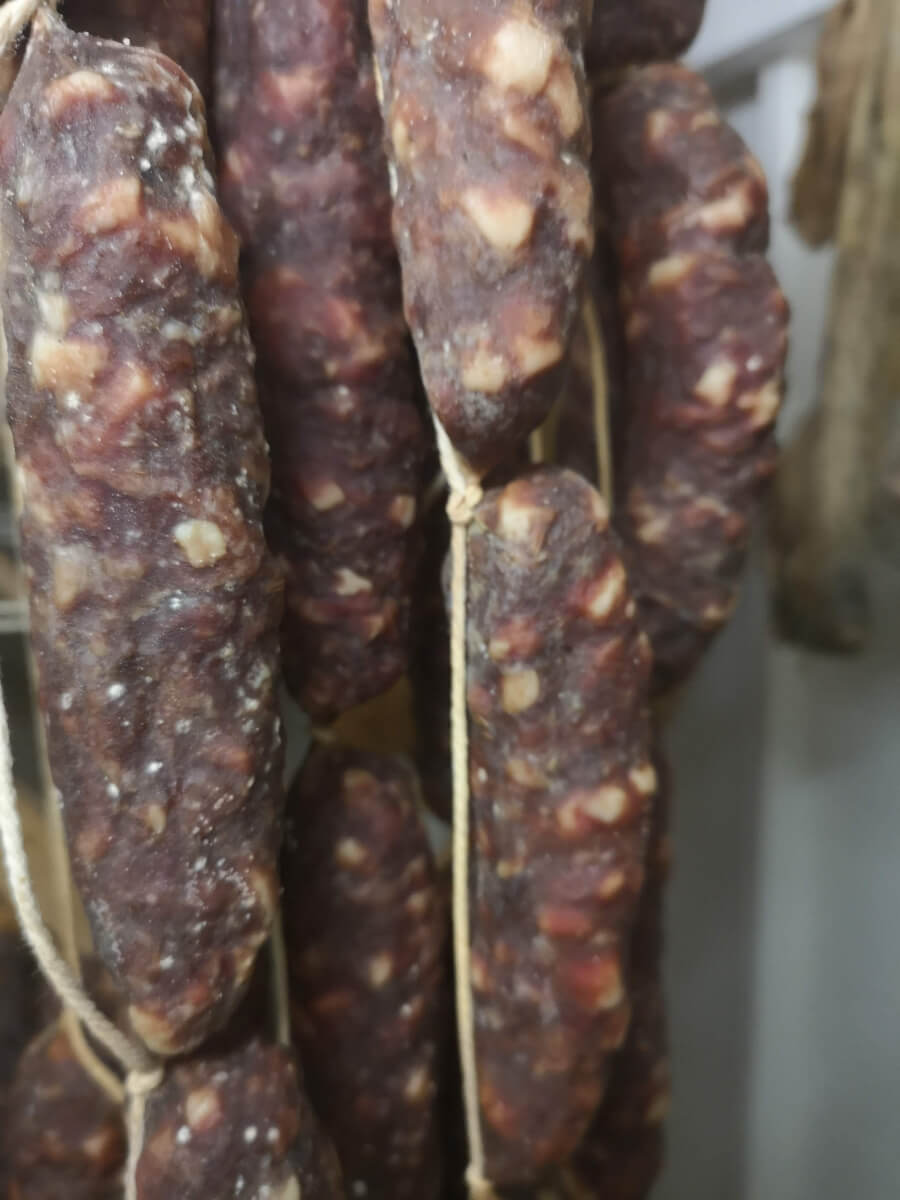

What inspires you food-wise?
I’m drawn to the alchemy of Charcuterie. Much of my creativity comes from working with Mother Nature and using the whole animal and the best and freshest flavourings.
Weschenfelder is one of my key suppliers. I’ve worked with them almost from Day One. Their team has guided me and answered my many questions over the years. I buy their pre-prepared salt mixes as the quality is consistently high.
I also draw inspiration from the French and their relationship with culinary specialists. Enjoyment and an appreciation of food are quintessential to French culture, and I find their attitude appealing and respectful. Go to any French town and you’ll almost certainly find at least one traiteur, a shop making its own cured products. The makers and their high levels of skill have long been an influence on my Charcuterie.
I also admire Italian producers whose Charcuterie techniques I use for our lardo and mortadella products.
Another British chef and restaurateur I admire is chef Fergus Henderson of St John in London. He sees beauty in cuts of the whole beast that are too often thrown away but are suitable for preserving and making Charcuterie.
How does where you live influence sourcing your raw materials?
Hammond Charcuterie works closely with our suppliers, farms and processing plants to maintain a reliable supply of premium meat for our production. Sourcing locally is crucial to our business and takes plenty of planning.
We source our mutton from Shetland, Hebridean and Soay sheep from the region. These rare-breed “unimproved” breeds are hardy little sheep that live on wild grasses and herbs. They are four-year-old wethers raised by Flexigraze, part of the Northumberland Wildlife Trust, and conservation grazing project. The meat is lean with a superb flavour and delicate texture.
Weschenfelder is also reasonably local to me and offers timely deliveries. For example, if we get an unexpected urgent order, they will deliver in good time. I value how they respect how small companies such as ourselves operate, and the need for flexibility.
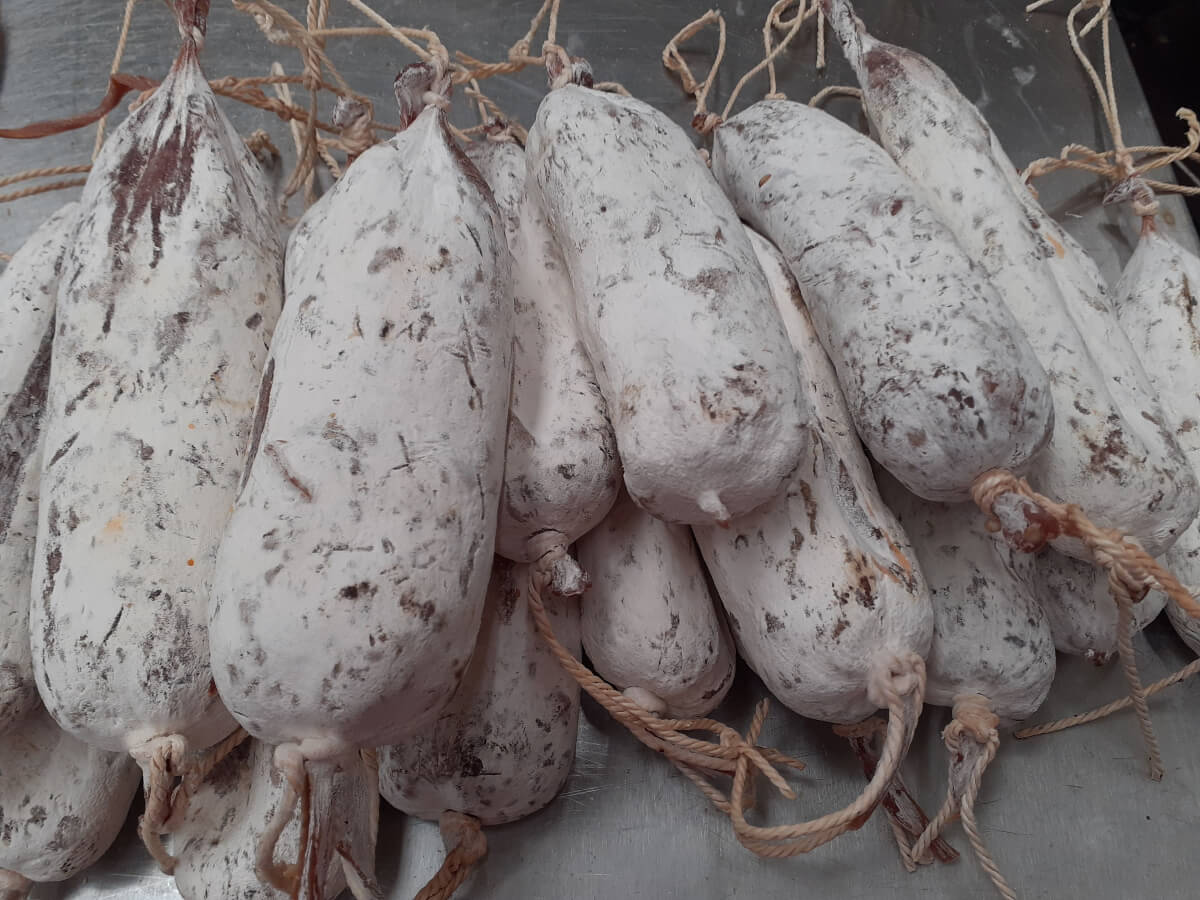

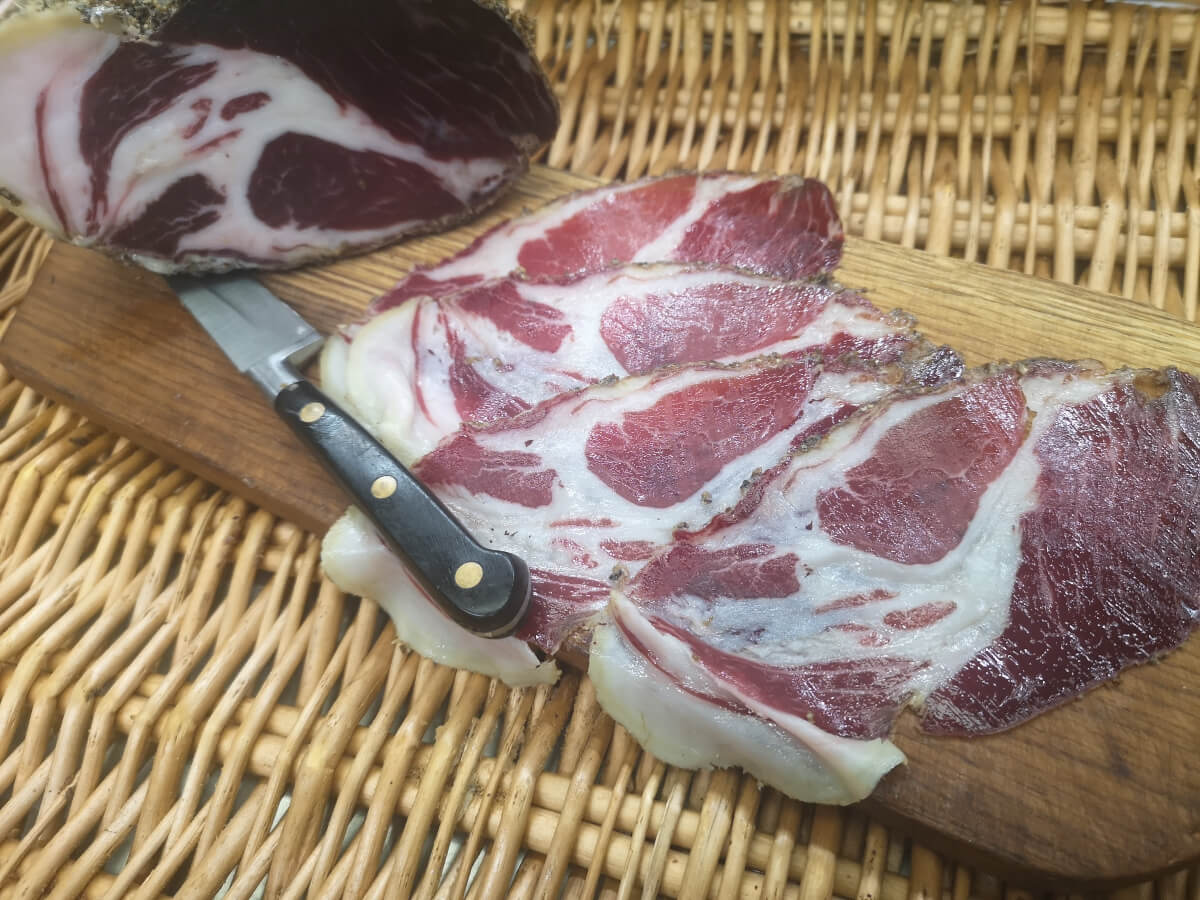

What is special about your Charcuterie?
We only use “meat you are proud to eat” and that’s what I believe our customers feel they are eating. I only ever used locally bred, high-welfare meat for all our products, whether air-dried hams, chorizo or salamis. Recently I used an eight-year hog to make coppa. The quality of the flesh and fat was extraordinary.
Our Pork Rillette is made from free-range rare breed pork with its buttery soft fat which we combine with cider, pressed by a local artisan maker using local, often single-variety apples, fresh garlic and some freshly ground classic pâté spices.
Our spices are prepared as and when I need them. I hand roast and grind them in small batches, which maintains their freshness. This artisan approach may be expensive, but the taste is appreciated by our customers.
What is Your Favourite Product and Why?
My starting point when making Charcuterie are flavours I like. An idea is then refined through recipe development. We’ve created many products this way and the one I turn to most is Wild Venison Nduja.
I love the sweetness of the meat that its unfarmed life gives the beast, combined with the oak smoke from our traditional smokehouse, the heat of chillies and the melting unctuousness of the fat. It’s made like a traditional salami in natural skins of beef middles sourced from Weschenfelder. They’re hand-tied individually before fermentation, then dried and smoked over the wood from oak whisky casks.
We also enjoy developing new flavours. There’s our ‘Gin & Tonic’ salami which pairs locally gathered juniper berries and hand-grated lemon zest with venison. Customer feedback is important with all new products and selling at farmers’ markets helps us to gather it, although it can be a brutal way of getting customer feedback.
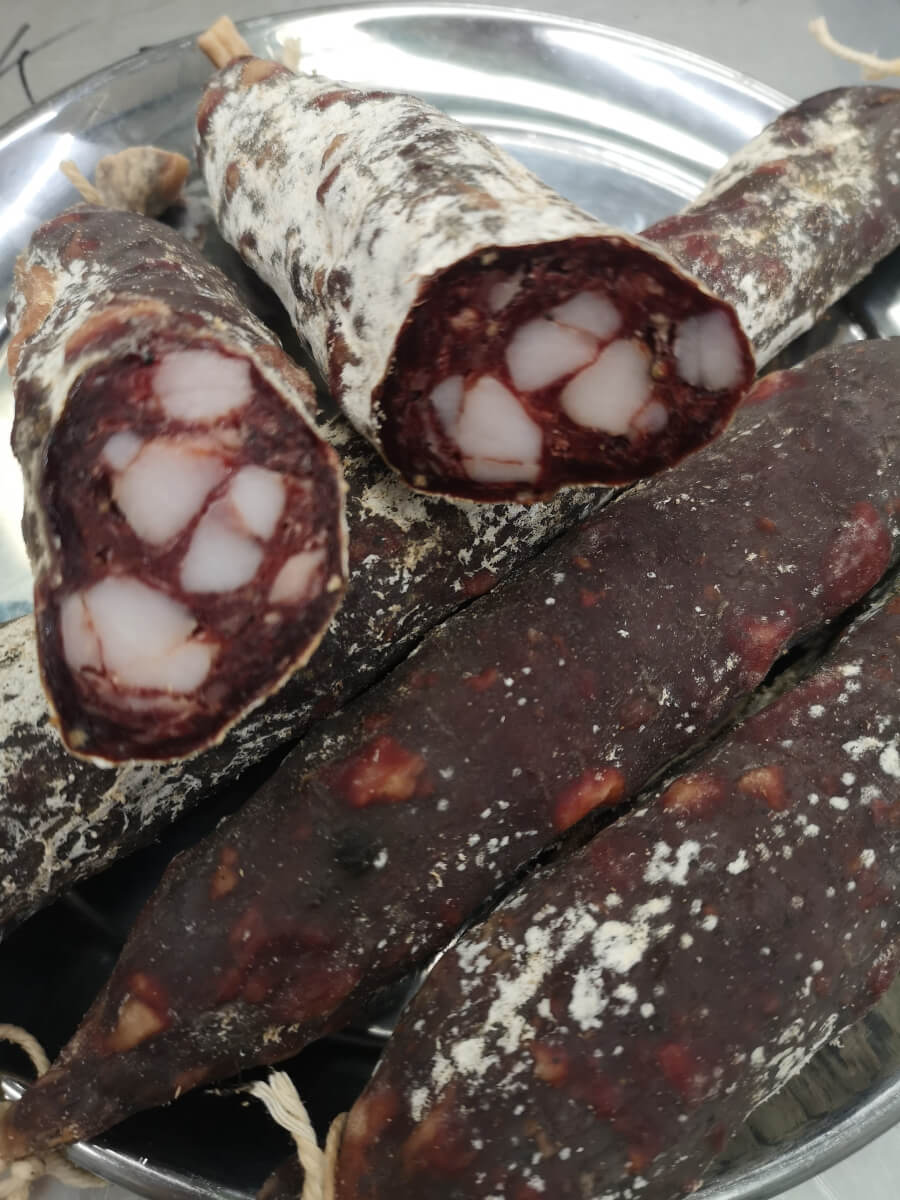

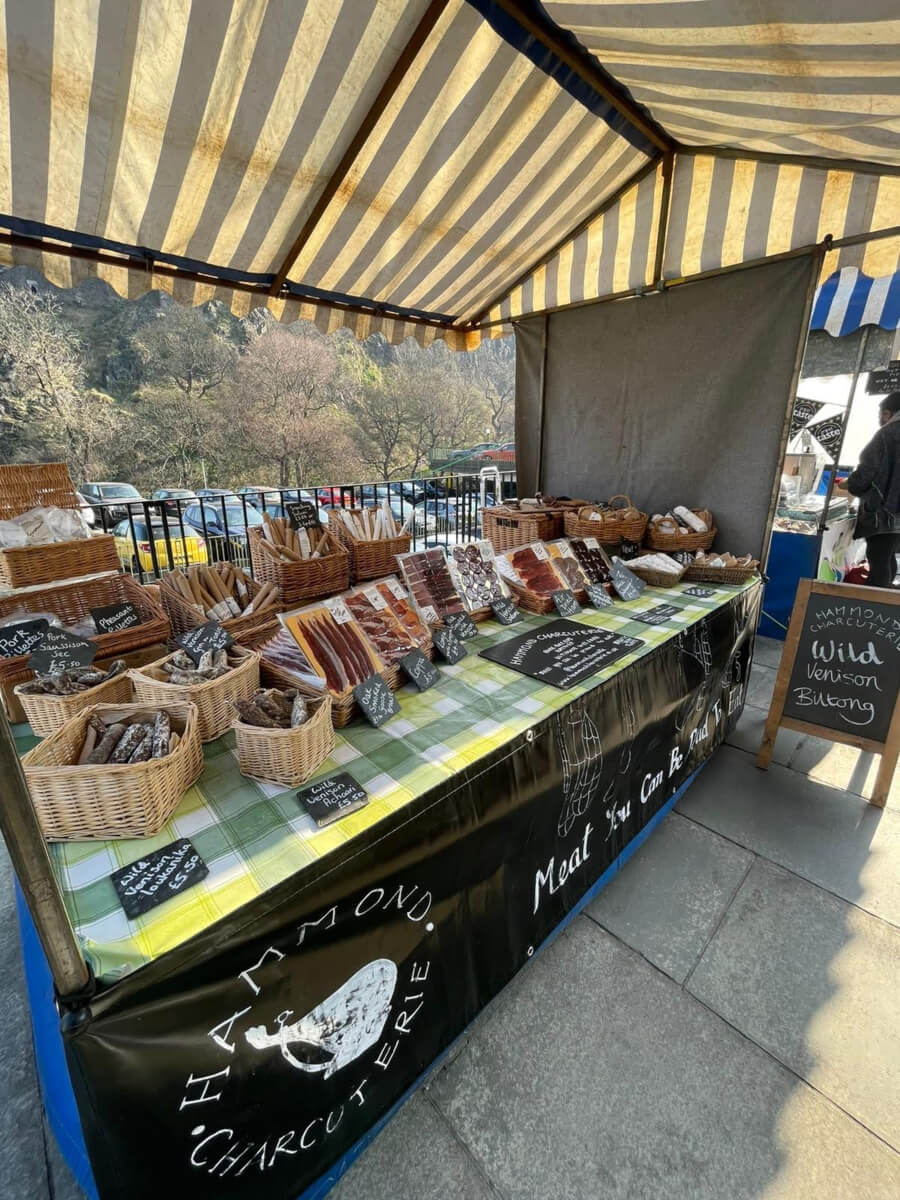

What is your favourite way of using Charcuterie?
My brother has a pizza oven at home. For the toppings, I might use some slices of our sweet, rich lardo, or pancetta with a sprinkle of fresh rosemary. Our Wild Venison ‘Nduja is also great on pizzas and I like to add a little honey for a touch of sweetness.
Where can we buy your products?
We attend farmers’ markets, including Jesmond and Edinburgh, across the border in Scotland. Our full range is available through our website at www.hammondcharcuterie.co.uk/ and our Instagram page @hammondcharcuterie.
Increasingly restaurants are buying our range and many delis such as Georgonzola in Clitheroe, Field & Fodder in Durham and https://www.facebook.com/Peggottys/ in Bishop’s Auckland are stocking our products.
